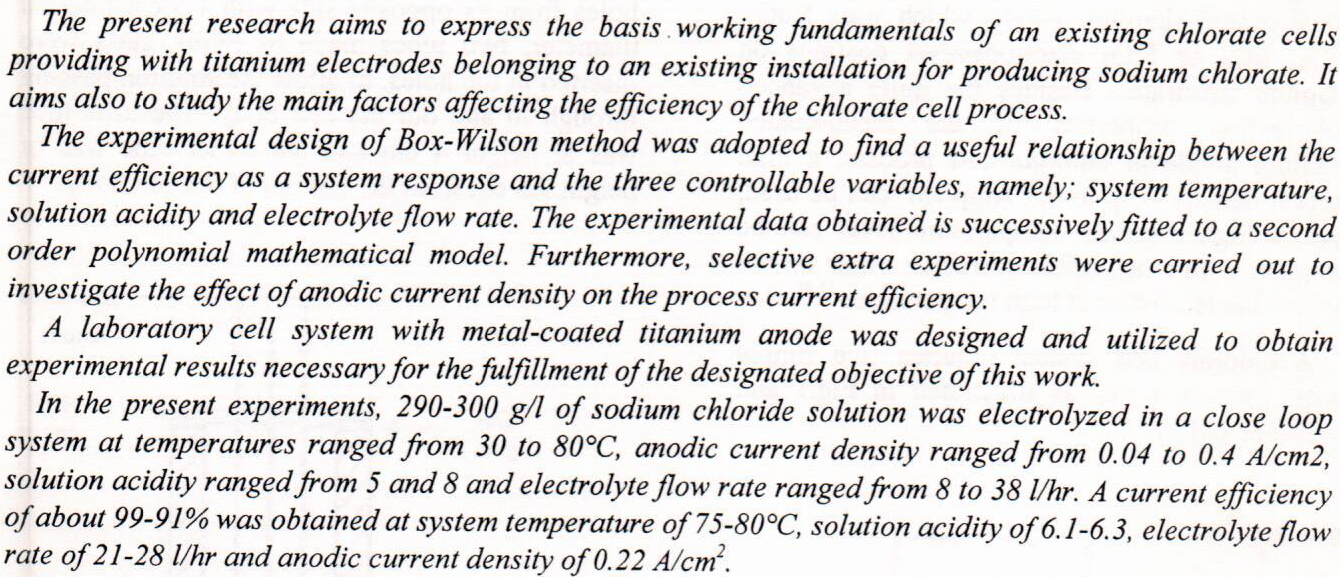
Abstract Objective: The underlying molecular basis of ischemic heart diseases (IHDs) has not yet been studied among Iraqi people. This study determined the frequency and types of some cardiovascular genetic risk factors among Iraqi patients with IHDs. Methods: This is a cross-sectional study recruiting 56 patients with acute IHD during a 2-month period excluding patients >50 years and patients with documented hyperlipidemia. Their ages ranged between 18 and 50 years; males were 54 and females were only 2. Peripheral blood samples were aspirated from all patients for troponin I and DNA testing. Molecular analysis to detect 12 common cardiovascular genetic risk factors using CVD StripAssay® (ViennaLab Diagnostics GmbH, Austria) was performed
... Show More (50)
(50)
 (54)
(54)
This study aimed to isolate and identify Cryptococcus species from three distinct sources: sputum samples of pigeon fanciers, dried pigeon droppings, and eucalyptus tree leaves. A total of 150 specimens were collected over a two-month period, comprising 50 samples each from human sputum, pigeon droppings collected across various areas of Baghdad, and eucalyptus leaves obtained from the Baghdad College of Veterinary Medicine. All samples were cultured on Sabouraud dextrose agar supplemented with chloramphenicol and incubated at 25°C for 2–3 days. From the initial cultures, 20 isolates presumptively identified as Cryptococcus spp. were obtained: 6 isolates (12%) from human sputum, 9 isolates (18%) from pigeon droppings, and 5 isol
... Show MoreSchizophrenic patients who are at great risk of relapse are characterized by non-compliance,
denial of illness and need for treatment and no contact with family. So, the prevention of relapse
and readmission to hospital are crucial in mental health practice.
The present study is a descriptive-analytical study that was carried out from November 2nd
2006 through the end of 20 of April 2008.
Objectives: To assess the associated factors with the risk of relapse in schizophrenic patients at
psychiatric hospitals in Baghdad city.
Methodology: A purposive "non-probability" sample of (50) schizophrenic patient who hasd
relapsed was involved in the present study. Data were collected through the use of the constructed
qu
Objectives: A cross sectional analytic study was carried out to identify the maternal risk factors which
contribute to occurrence of low birth weight, and to determine the statistical significant differences between low
birth weight and maternal risk factors.
Methodology: A purposive sample of (400) woman was selected from AL-Elwyia Maternity Teaching Hospital
and Fatima Al-Zaharia Maternity and Pediatric Teaching Hospital. Data was collected through the interview of
mothers. Questionnaire format was designed and consisted seven parts, demographic variables, and reproductive
variables , Reproductive health variables, complications during the current pregnancy, the mother newborn
variables nutritional status for the m
This study tries to clear the correlation and association between asthma, obesity and leptin levels. Also it will work to indicate the main risk factors which play role in the elevation of leptin level within asthmatic patients. This is a case control study conducted on (38) asthmatic patients and (20) healthy control who were closely similar by age, gender and BMI. The main statistical tests used were student t test, linear regression test and correlation test. Significance was set at P < 0.05. Sampling method used for this study was convenience sampling method. The main results of this study show a significant association and positive correlation between age (old age ≥ 40 ye
... Show More (1)
(1)
This study aimed to obtain a local isolation of Aspergillus niger and then studied its ability to produce citric acid from raw materials available locally using solid state fermentation. Six local isolates were collected from different sources including some samples of the damaged fruits such as grapefruit, oranges and sindi. Wheat bran was used as a raw material or as culture medium for the production of citric acid from the collected isolates. The conditions for citric acid production were determined by humidity percentage of 1: 1 (water: culture medium), temperature of 28 C, pH 4 and inoculum dose with 5× 106 spore/ml and for 3 days of incubation. The orange was the best model for citric acid production with a concentration of 12.8 mg/m
... Show More (4)
(4)
 (2)
(2)
Orthophoto provides a significant alternative capability for the presentation of architectural or archaeological applications. Although orthophoto production from airphotography of high or lower altitudes is considered to be typical, the close range applications for the large-scale survey of statue or art masterpiece or any kind of monuments still contain a lot of interesting issues to be investigated.
In this paper a test was carried out for the production of large scale orthophoto of highly curved surface, using a statue constructed of some kind of stones. In this test we use stereo photographs to produce the orthophoto in stead of single photo and DTM, by applying the DLT mathematical relationship as base formula in differenti
... Show MoreProduction of fatty acid esters (biodiesel) from oleic acid and 2-ethylhexanol using sulfated zirconia as solid catalyst for the production of biodiesel was investigated in this work.
The parameters studied were temperature of reaction (100 to 130°C), molar ratio of alcohol to free fatty acid (1:1 to 3:1), concentration of catalyst (0.5 to 3%wt), mixing speed (500 to 900 rpm) and types of sulfated zirconia (i.e modified, commercial, prepared catalyst according to literature and reused catalyst). The results show the best conversion to biodiesel was 97.74% at conditions of 130°C, 3:1, 2wt% and 650 rpm using modified catalyst respectively. Also, modified c
... Show More